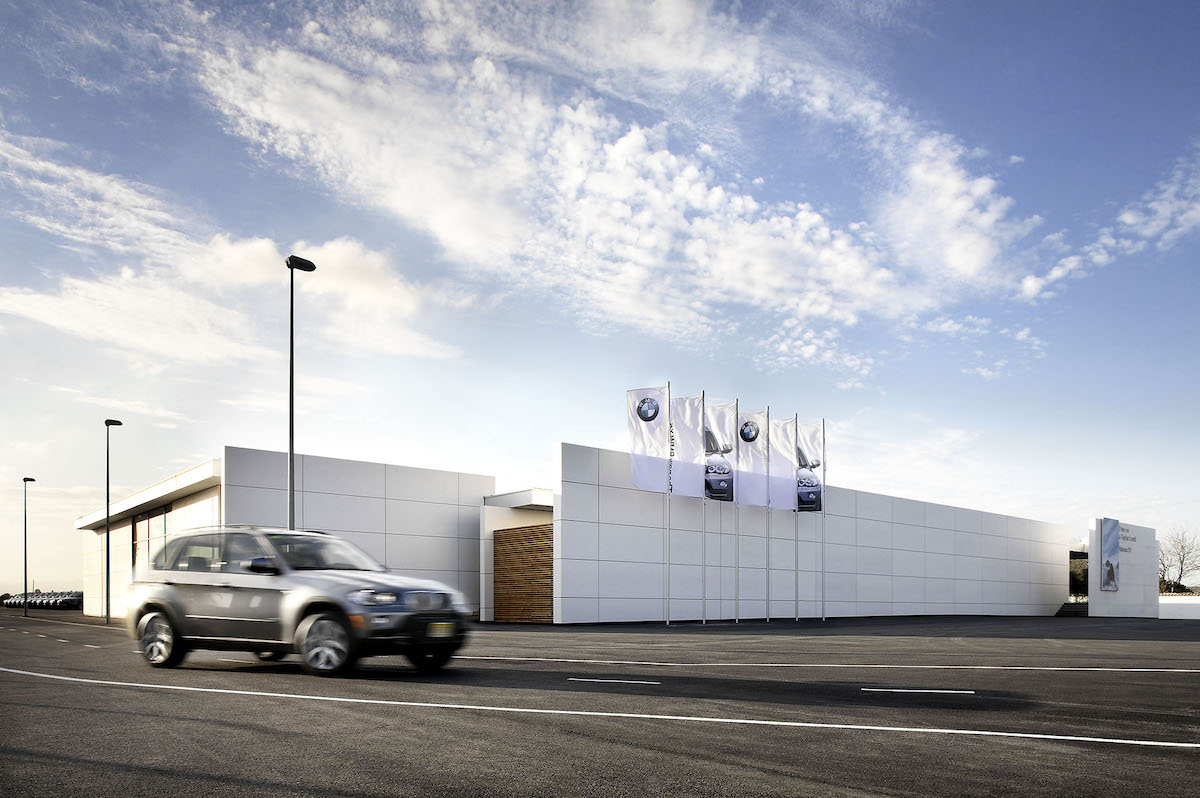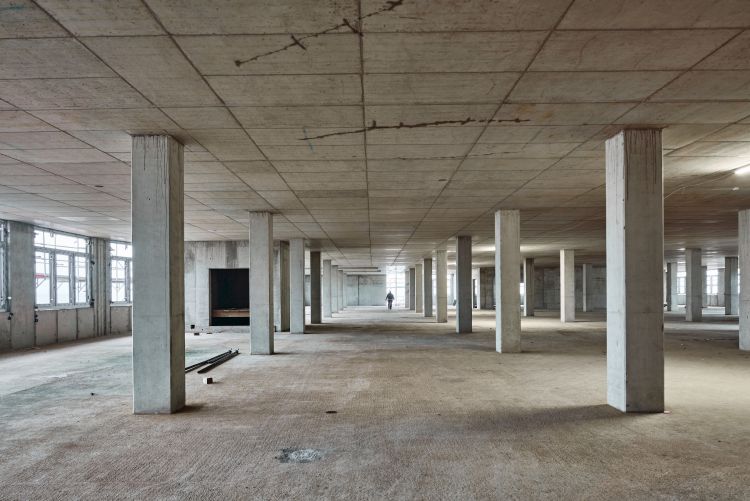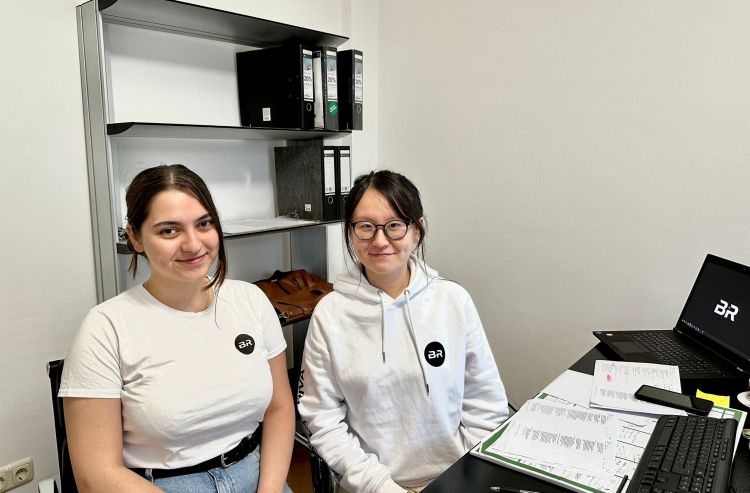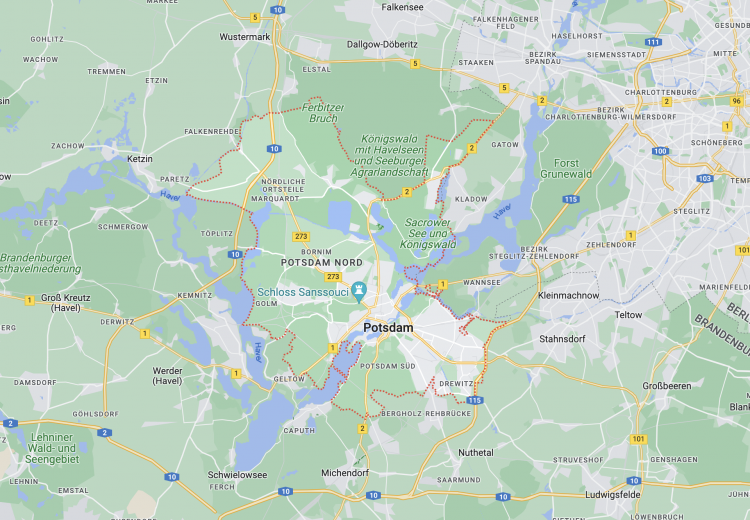The face of facades

Newsletter
Don't miss anything about our latest project!
Sign up to stay up to date.
It is not uncommon for someone to remember a particular city or neighborhood due to the memorable facades of the houses. Whether colorful, artisic, old, modern or simple, facades give buildings a face – hence the Latin name “facies”.
History of facade construction
From the earliest of times, building envelopes served in particular to protect against the weather, heat or cold, and developed into a way of representing identity, status or one's own power. At the time of industrialization in the 19th century, facade construction reached its first milestone with the development of steel and steel structures. The new methods that emerged broadened the range of constructions for the facade by separating the facade from the shell-brew construction and thus enabling the facade to be designed independently of the supporting structure. Over the past five decades, facade construction has experienced a rapid upswing and has established itself as an independent segment in modern building construction. The focus of current facade planning is energy saving, environmental protection and sustainability. This means for today's facade technology, among other things, the reduction of heat loss, comfort ventilation or energy recovery is of extreme importance.
Types of facades
Various types of facades have been developed to meet these high demands, which can optimally clad an object according to the necessary requirements. In general, there are two types of facades: heavy, massive wall constructions and light, skeletal outer skins. The latter have become increasingly popular in the course of facade evolution, which is why today's exterior wall constructions do not carry any substantial building load. Depending on requirements, facades can appear weightless, offer protection or ensure a pleasant indoor climate. In the following we would like to introduce two different types of facades, which are impressive in their properties and applications.
Ventilated curtain walls
A particularly widespread facade in European industrial, office and residential construction is the curtain wall ventilated facade, which offers a wide range of design options. It is characterized by the fact that it is not directly attached to the masonry, but to a substructure. This option allows the insulation (moisture, heat, sound, fire protection) and external layer (weather protection) to be separated, which is why there is an air layer between the two elements. The air layer leads to a permanent back ventilation of the outer skin and keeps moisture and heat away from the insulated support structure and thus counteracts the formation of mold. On hot summer days, only the facade heats up and not the wall behind it, which ensures a pleasant indoor climate. If the structure consists of sustainable mineral wool insulation materials, the substructure as a static link between the load-bearing exterior wall and the facade cladding can be made of various materials such as wood, aluminum, stainless steel or a combination of these materials. As a result, the curtain wall ventilated facade has a robust character and requires low maintenance. Furthermore, the construction and the materials used can be dismantled and recycled according to type, in line with the principles of sustainability and circular economy.
Bulletproof facades
For many thousands of years, we humans have been pursuing our basic need for security. With the construction of long-lasting dwellings, spaces were created in which people could feel safe and secure. At that time, houses primarily protected against the intrusion of animals or weather events such as heavy rain or hail, and the city walls built later protecting the city from intruders and attacks. Currently, protection from firearms is needed in both private and public spaces, although their use and possession are heavily regulated in Europe. The development of bullet-resistant facades with increased requirements for resistance classes meet the need for a special protective function. Defined by the European standard EN 1063, the test procedure for bullet-resistant glazing is differentiated into nine bullet classes, with BR1, BR2, BR3 and BR4 forming the lower bullet classes and BR5, BR6 and BR7 are the upper bullet classes. The lower range covers protection against fire from sporting rifles, pistols, or revolvers, while the upper range covers high powered rifles. With the resistance classes FSG and SG2 according to the European standard, protection against hunting weapons is also indicated, whereby for all offensive weapons the facade element to be inspected is tested for bullet resistance at a test distance of 5 to 10 meters in order to ensure optimum protection. Awarded with the highest classification in the field of bullet resistance, these can be used in object and personal protection. Preferably for banks, government and embassy buildings, police and control stations.
Facade and future
The facades of the future must meet many requirements and regulations and combine ecological, biophysical and economic objectives. Even now the modern facade is characterized by visual and thermal comfort. Furthermore, the modern facade has the property of cooling premises or providing a view as well as fresh air and can also reduce the CO2 concentration in the room. In the future, facades can not only provide protection from weather and environmental influences, but also generate and store sustainable energy. Likewise, aesthetic and cultural conditions are brought together to improve people's lives and well-being inside and outside the properties. Regarding the design aspect, the desire for increasing transparency is pursued by means of minimal profile face widths with the highest product quality. In the future, in addition to the high demands on design and functionality, rational processing and simple installation will play an increasingly important role, which is why the way is paved for further innovations in facade construction and gives rise to hopes for exciting developments.
We are experts in the planning, production, and installation of complex facades.
ContactNavigation
Keywords
Newsletter
Don't miss anything about our latest project!
Sign up to stay up to date.


